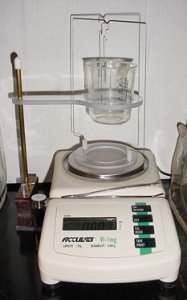caniegia23
Rough_Rock
- Joined
- May 7, 2009
- Messages
- 15
Good day every one...
i was searching the net when i found this site... and seems like some people here are good at what they do...
any way
i am new here and i have some quistions i hope to find an answer for....
1st i want to know how to tell the different between the various Gems.... can u use the naked eye only... or u should go to a lab...or use some kind of tools... ect
2nd i used to buy some stones from alphaimports.com.. and i want to know if someone had deal with them...and what was hers\his opinion about them....
thank u very much...
from over seas
i was searching the net when i found this site... and seems like some people here are good at what they do...
any way
i am new here and i have some quistions i hope to find an answer for....
1st i want to know how to tell the different between the various Gems.... can u use the naked eye only... or u should go to a lab...or use some kind of tools... ect
2nd i used to buy some stones from alphaimports.com.. and i want to know if someone had deal with them...and what was hers\his opinion about them....
thank u very much...
from over seas








300x240.png)